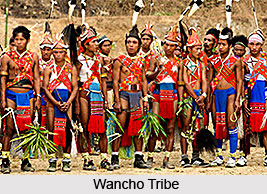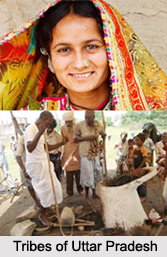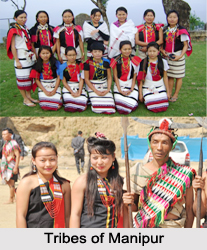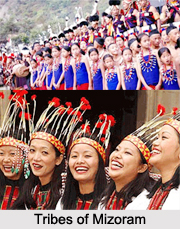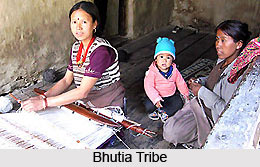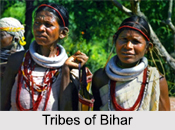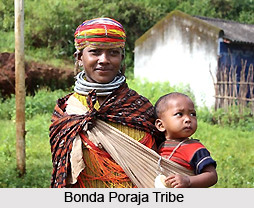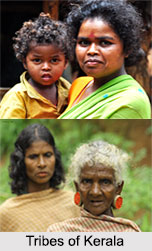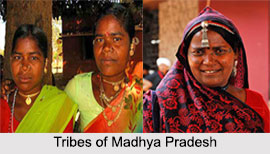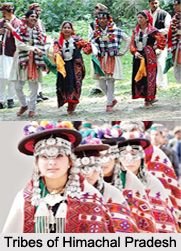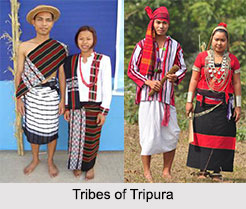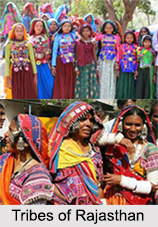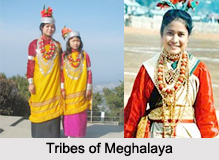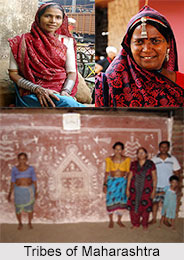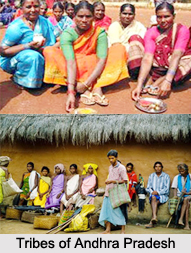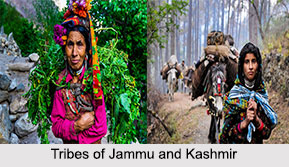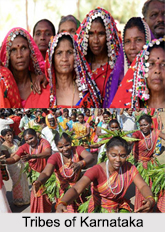 Mizo Tribes are found in Assam, Manipur and Nagaland. Almost all the tribes who live in Mizoram come under the Mizo fold. The Mizo tribes dwell mainly in the Lushai Hills. Mizo communities speak in their own dialect which belongs to Tibeto-Burman family of languages.
Mizo Tribes are found in Assam, Manipur and Nagaland. Almost all the tribes who live in Mizoram come under the Mizo fold. The Mizo tribes dwell mainly in the Lushai Hills. Mizo communities speak in their own dialect which belongs to Tibeto-Burman family of languages.
Origin of Mizo Tribe
It is believed that the Mizo originally came out from a cave which is perhaps situated in the east. Later on they shifted to Tibet and Burma around the 17th century. They migrated to another place and established a village of Selsih which is near to the capital, Aizwal.
Habitats of Mizo Tribe
The villages of the Mizos are situated on top of hills. Their villages are not planned. Youth dormitory is known as "Zawlbuk" and serves as the focal point of Mizo village. A Zawlbuk is the training centre where the Mizo youth is shaped into responsible members of the society.
Society of Mizo Tribe
The Mizos are of the Mongoloid racial stock with well built features. The Mizos are broadly divided into 5 major and 11 minor tribes. The major tribes are Lushai, Ralte, Hmar, Paite and Pawi. The 11 minor sub-tribes are known under the common name of Awzia. The Mizos are a patriarchal people and descent is in the male or the father`s line. Mizos are a close-knit society with no class distinction and no discrimination on gender basis and their code of ethics emphasizes hospitality, kindness and helpfulness to others.
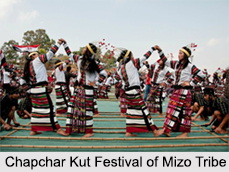 Religion of Mizo Tribe
Religion of Mizo Tribe
Mizo people were influenced by British missionaries in the 19th century, as the British Raj subjugated the chieftainship under its dominance, which they later abolished by an Act called the Assam-Lushai District Act in 1954. The spread of education by Christian missionaries led to a high literacy rate of 91.58 percent by 2011. Almost all the Mizos also adopted Christianity, and continues to be so till the present day.
Occupation of Mizo Tribe
The Mizos are mainly an agricultural people. Jhum cultivation is the traditional form of agriculture that is practiced. Perennial cash crops are cultivated as compared to perishable horticultural crops. Paddy is their main crop besides which sugarcane and tobacco are also grown by them.
Festivals of Mizo Tribe
The Mizo celebrate many festivals among which "Chapchar Kut" and "Pawl Kut" are the most important festivals. Chapchar Kut is celebrated in the month of March. It is the spring festival that is celebrated. Pawl Kut is a harvest festival celebrated in the months of December and January. The Mizos are expert in different kinds of dances among which "Cheraw" and "Khuallam" are the most colourful dances.
Costumes of Mizo Tribe
The prime costume of Mizos is known by the name of "Puan". Puanchei and Kawrchei textiles are the beautiful costumes of Mizoram worn during the Kut festivals and Cheraw bamboo dance.
